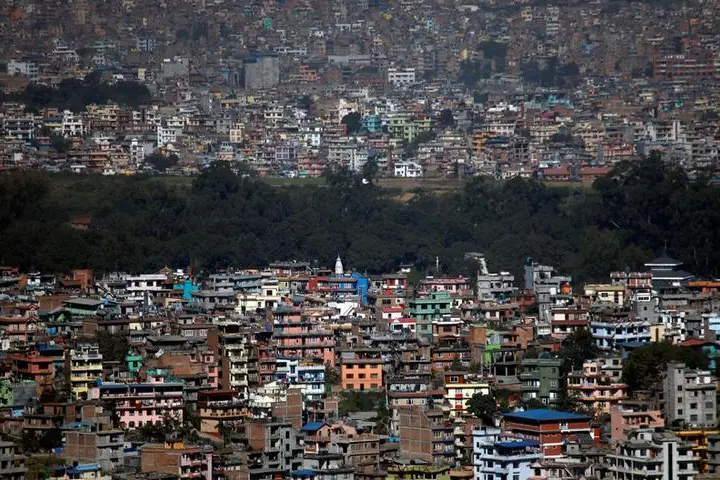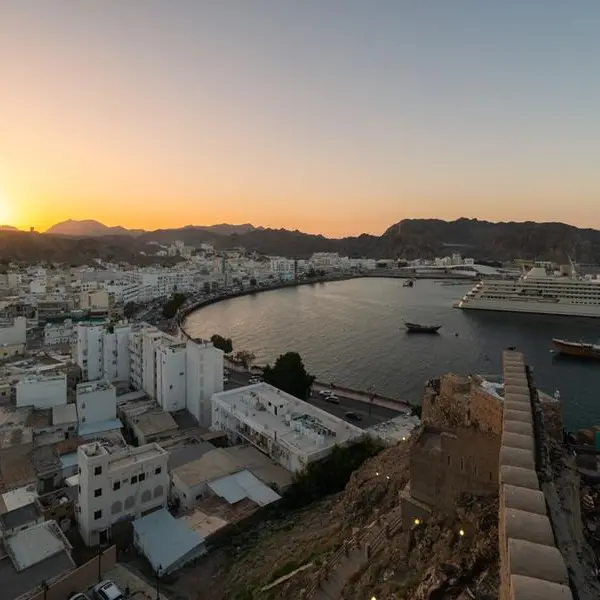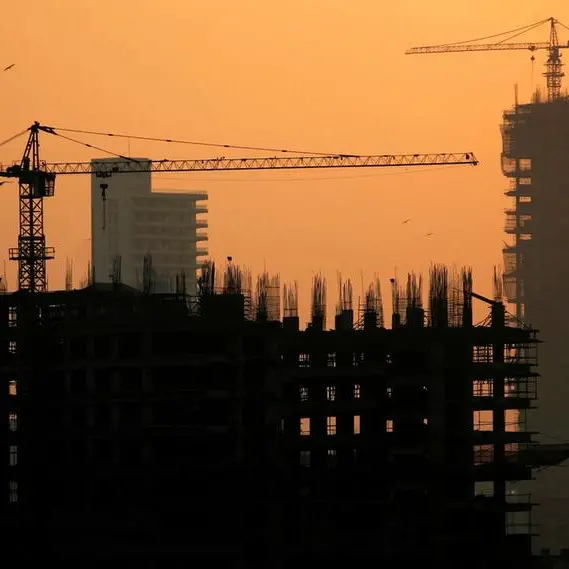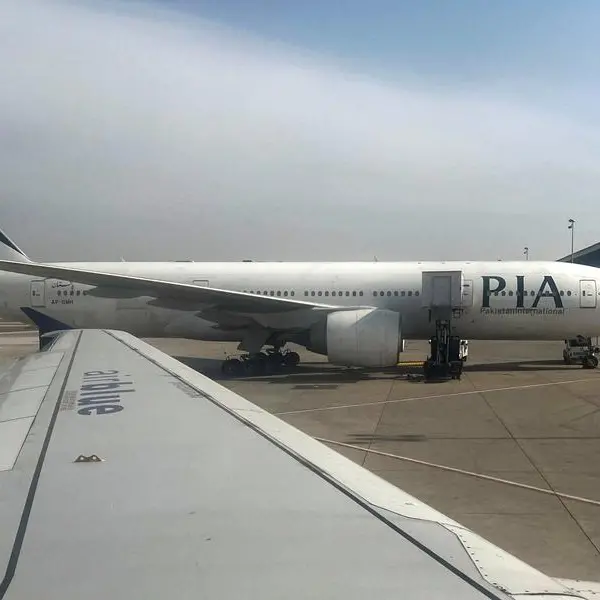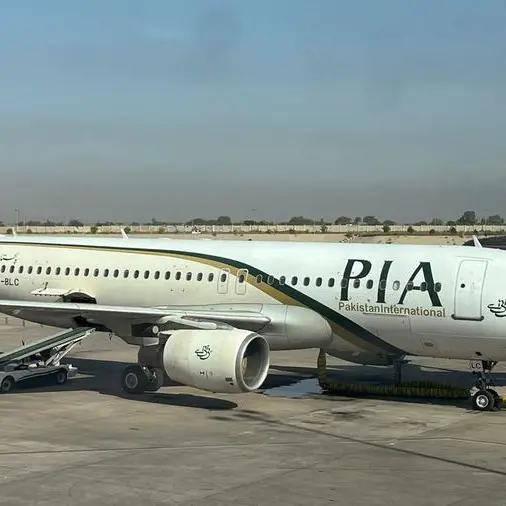PHOTO
KATHMANDU - Nepal's central bank on Friday raised its benchmark policy rate at which it lends to commercial banks to 8.5% from 7%, as part of efforts to tame inflation which is running at a six-year high, and warned about pressure on declining forex reserves.
"There is pressure on domestic prices," Nepal Rastra Bank Governor Maha Prasad Adhikari said, adding that pandemic-related monetary expansion measures would be unwound gradually.
"The bank rate has been raised to maintain economic stability in view of the pressure on prices and on the foreign exchange reserves," Adhikari said while reading a statement in Nepali.
The central bank had already raised the rate from 5% in February.
Annual retail inflation accelerated to 8.56% for the month ending mid-June, pushed up by a spike in food and fuel costs amid pressure on the country's currency.
Forex reserves have declined to near $9 billion, barely sufficient to cover imports for about 6 months, from near $12 billion a year earlier.
The government had earlier set an inflation target of 7% for the fiscal year, while aiming for annual economic growth of 8%.
"The move is a way to bring down inflation," said Deependra Bahadur Kshetri, a former governor of the central bank after the rate rise, noting that it would impact consumer demand through a rise in overall bank interest rates.
The hike could also slow economic activity after two years of the pandemic, industrialists said.
"Raising the bank rates will have a negative impact on industry as interest on borrowings will go up," said Pashupati Murarka, an industrialist and a former president of the Federation of Nepalese Chambers of Commerce and Industry.
Nepal, a country of 29 million people landlocked between China and India, earlier this week extended a ban on luxury goods imports until the end of August, aiming to curb capital outflows following a decline in forex reserves.
WARNING OF ECONOMIC INSTABILITY
Adhikari warned that depreciation of Nepal's rupee against the U.S. dollar had added to inflationary pressure, driven by a global surge in crude oil and other commodity prices, after Russia's invasion of Ukraine in February.
The rupee has depreciated by 6.64% against the dollar in the 12 months to mid-July, he said, making imports of petroleum products, fertiliser and food items costlier.
Without elaborating, Adhikari said it was necessary to take steps to maintain foreign exchange reserves to cover at least seven months of imports, while cautioning about pressure on external payments.
The current account has been in deficit for five years, with the potential to reach 13% of GDP in fiscal 2021/22, he said.
"The current account deficit affects the entire economic stability for a long time, and poses a challenge to achieving a higher growth rate."
Nepal’s external debt more than doubled from $3.8 billion in 2012 to $7.77 billion in 2022, a government official said, with Sri Lanka's recent default in the region raising concerns about the impact of a fall in a country's foreign exchange reserves.
(Writing by Manoj Kumar; editing by John Stonestreet, Kirsten Donovan)
